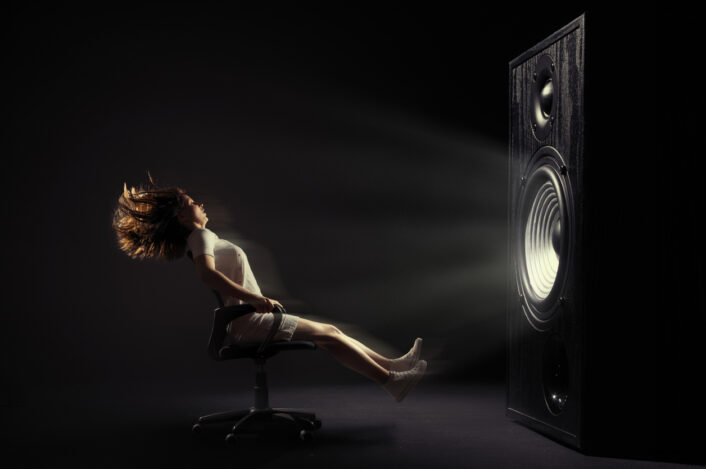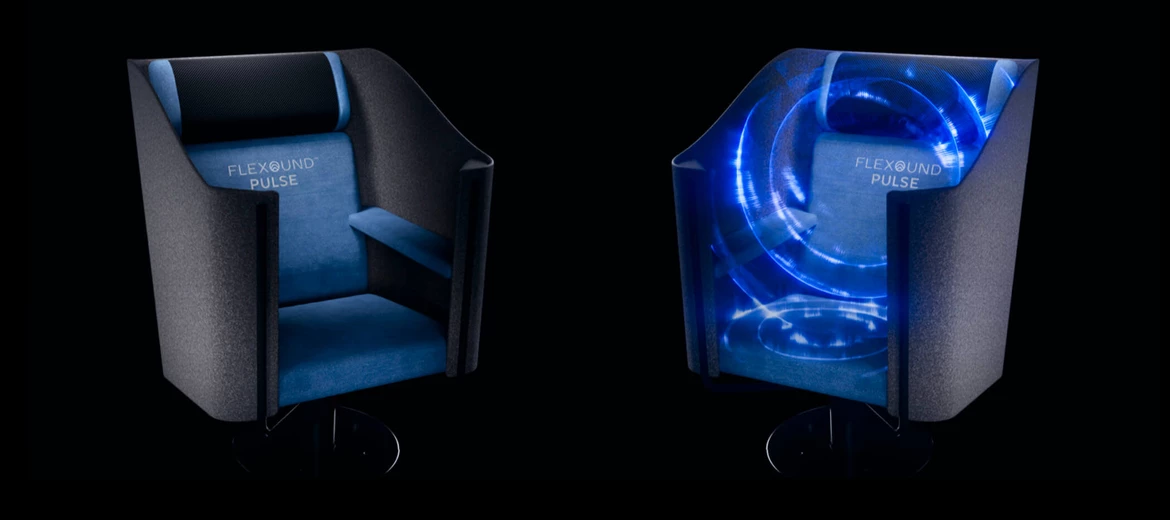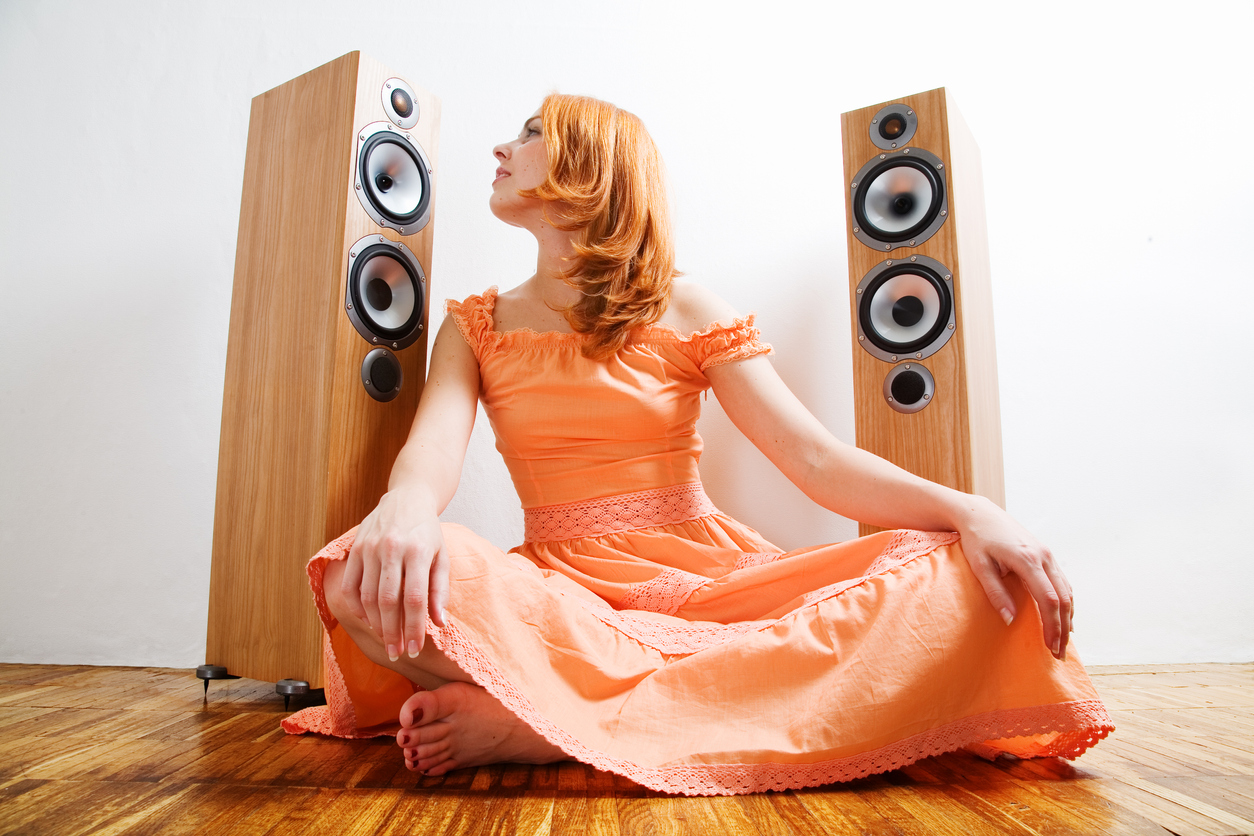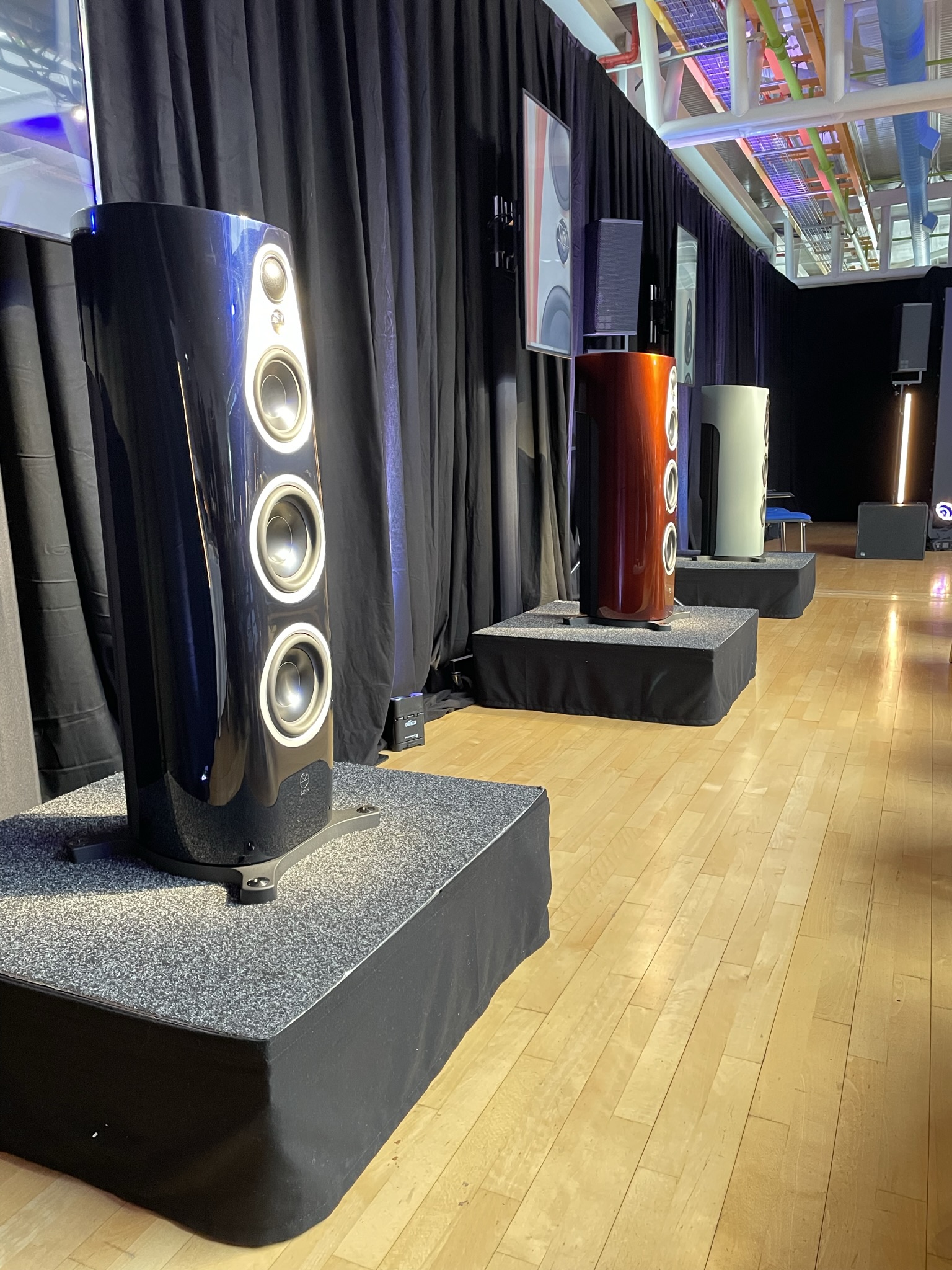Binaural Audio
Binaural audio has been around for a long time. First demonstrated in 1881 in France, it is a way of trying to replicate what your ears hear. It wants to influence how your brain decodes the signals it receives from your ears, to give the effects of distance and location of a sound. Initially, engineers achieved it with two microphones to replicate your ears. Nowadays, fancy algorithms and computers replace those microphones, and sound engineers can place different sounds anywhere in space.
You don’t need any fancy equipment to listen to binaural audio recordings. Many examples on YouTube, including Planet Earth II – Jungle 360, simply require a pair of headphones. And that is kind of the problem with binaural audio. To get the best from it, you need to be wearing headphones, which isolate you from your family or companions with whom you are sharing the movie.
One answer could be to have the rear and side channels built into the seats. By doing this, each watcher gets the same experience. There would still be a shared left, centre, right, and low-frequency source, but the surround speakers fitted within the fabric of each seat would create effects tailored to that seat. An individual could even have surround effects adjusted to suit them.



